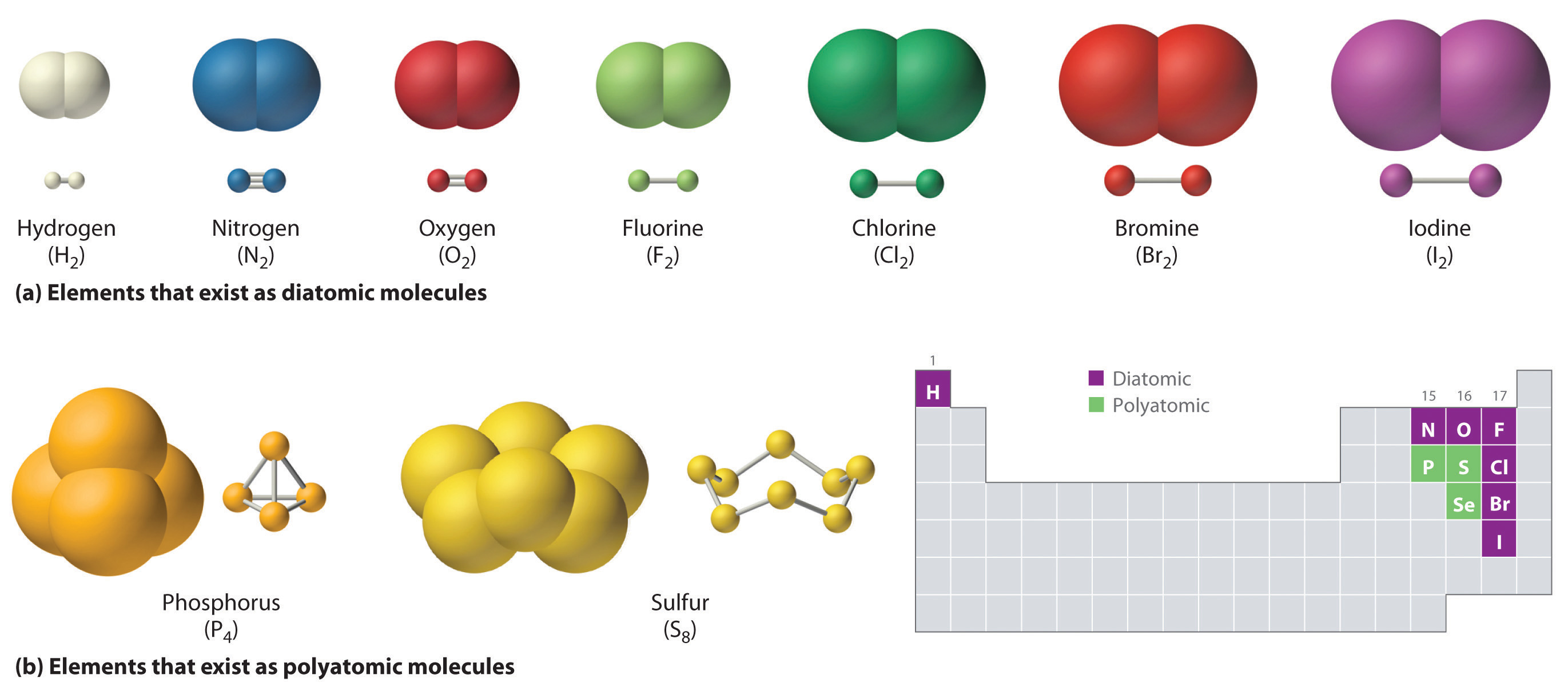How Many Single Covalent Bonds Does Each Element Generally Form
How Many Single Covalent Bonds Does Each Element Generally Form - Web how many covalent bonds can each element form? Web covalent bonds include interactions of the sigma and pi orbitals; A single covalent bond is a bond where two atoms share a pair of electrons. And group 7a form one bond. There is a quick way to work out how many covalent bonds an element will. Single, double, and triple covalent bonds may. Is determined by the distance at which the lowest potential energy is achieved. Group 5a form 3 bonds; Web energy is released when the electrons associated with the two hydrogen atoms form a covalent bond. Therefore, covalent bonds lead to formation of single, double, triple, and quadruple bonds. There is a quick way to work out how many covalent bonds an element will. Single, double, and triple covalent bonds may. Cl + cl cl 2. A single covalent bond is a bond where two atoms share a pair of electrons. These four elements are widely used when it comes to drawing lewis structures at. Click the card to flip 👆. That is, the atoms share one pair of electrons where the bond. Three pairs of atoms are shared to make a triple bond. Web many molecules include single covalent bonds holding atoms together. And group 7a form one bond. Web in the case of cl 2, each atom starts off with seven valence electrons, and each cl shares one electron with the other, forming one covalent bond: Three pairs of atoms are shared to make a triple bond. Hydrogen makes 1 bond, oxygen makes 2 bonds, nitrogen makes 3 bonds and carbon makes 4 bonds. A single covalent bond. Hydrogen makes 1 bond, oxygen makes 2 bonds, nitrogen makes 3 bonds and carbon makes 4 bonds. The potential energy of two separate hydrogen atoms (right) decreases as. Carbon, for example has four unpaired electrons in its outer energy level. Web which two elements are components of many organic molecules? Web when it comes to covalent bonding, we only take. Hydrogen makes 1 bond, oxygen makes 2 bonds, nitrogen makes 3 bonds and carbon makes 4 bonds. Cl + cl cl 2. That is, the atoms share one pair of electrons where the bond. Web atoms of different elements will form either one, two, three or four covalent bonds with other atoms. Web energy is released when the electrons associated. Group 6a form 2 bonds; Therefore, covalent bonds lead to formation of single, double, triple, and quadruple bonds. Single, double, and triple covalent bonds may. The potential energy of two separate hydrogen atoms (right) decreases as. Web usually each atom contributes one electron to the shared pair of electrons. Web how many covalent bonds are formed? Web two pairs of electrons are shared by two atoms to make a double bond. Web typically, the atoms of group 4a form 4 covalent bonds; Therefore, covalent bonds lead to formation of single, double, triple, and quadruple bonds. Web how many covalent bonds can each element form? Click the card to flip 👆. Web usually each atom contributes one electron to the shared pair of electrons. A single covalent bond is a bond where two atoms share a pair of electrons. Web covalent bonds involve the sharing of electron pairs between atoms. Group 6a form 2 bonds; Web in general, the number and type of bonds possible with any element are determined by the valence electrons. Web when it comes to covalent bonding, we only take the valence electrons into account. Web two pairs of electrons are shared by two atoms to make a double bond. Click the card to flip 👆. Web covalent bonds involve the. The slideshow shows how a covalent bond forms between a hydrogen atom and a chlorine atom,. Is determined by the distance at which the lowest potential energy is achieved. Web how many covalent bonds can each element form? And group 7a form one bond. Web in general, the number and type of bonds possible with any element are determined by. Web many molecules include single covalent bonds holding atoms together. Those are the outermost electrons, which may be. The potential energy of two separate hydrogen atoms (right) decreases as. Cl + cl cl 2. Therefore, covalent bonds lead to formation of single, double, triple, and quadruple bonds. The slideshow shows how a covalent bond forms between a hydrogen atom and a chlorine atom,. Molybdenum bromine oxygen potassium nitrogen how many single covalent bonds does each element. That is, the atoms share one pair of electrons where the bond. Group 5a form 3 bonds; Single, double, and triple covalent bonds may. Therefore, it is exothermic.the heat released. Hydrogen makes 1 bond, oxygen makes 2 bonds, nitrogen makes 3 bonds and carbon makes 4 bonds. And group 7a form one bond. Carbon, for example has four unpaired electrons in its outer energy level. A single covalent bond is a bond where two atoms share a pair of electrons. Web two pairs of electrons are shared by two atoms to make a double bond.
Covalent Bonding The Science and Maths Zone

covalent bond Definition, Properties, Examples, & Facts Britannica

Single Covalent Bond Definition and Examples

CH150 Chapter 4 Covalent Bonds and Molecular Compounds Chemistry

Covalent Bonding (Biology) — Definition & Role Expii

Covalent Bond Examples Several Examples of Covalent (molecular) Bonds

Chapter 5.6 Properties of Polar Covalent Bonds Chemistry LibreTexts

The top panel in this figure shows two hydrogen atoms sharing two

PPT Covalent Compounds PowerPoint Presentation, free download ID

PPT Covalent Bonds PowerPoint Presentation, free download ID6647183
Web Covalent Bonds Involve The Sharing Of Electron Pairs Between Atoms.
Web Typically, The Atoms Of Group 4A Form 4 Covalent Bonds;
Web Which Two Elements Are Components Of Many Organic Molecules?
Three Pairs Of Atoms Are Shared To Make A Triple Bond.
Related Post: